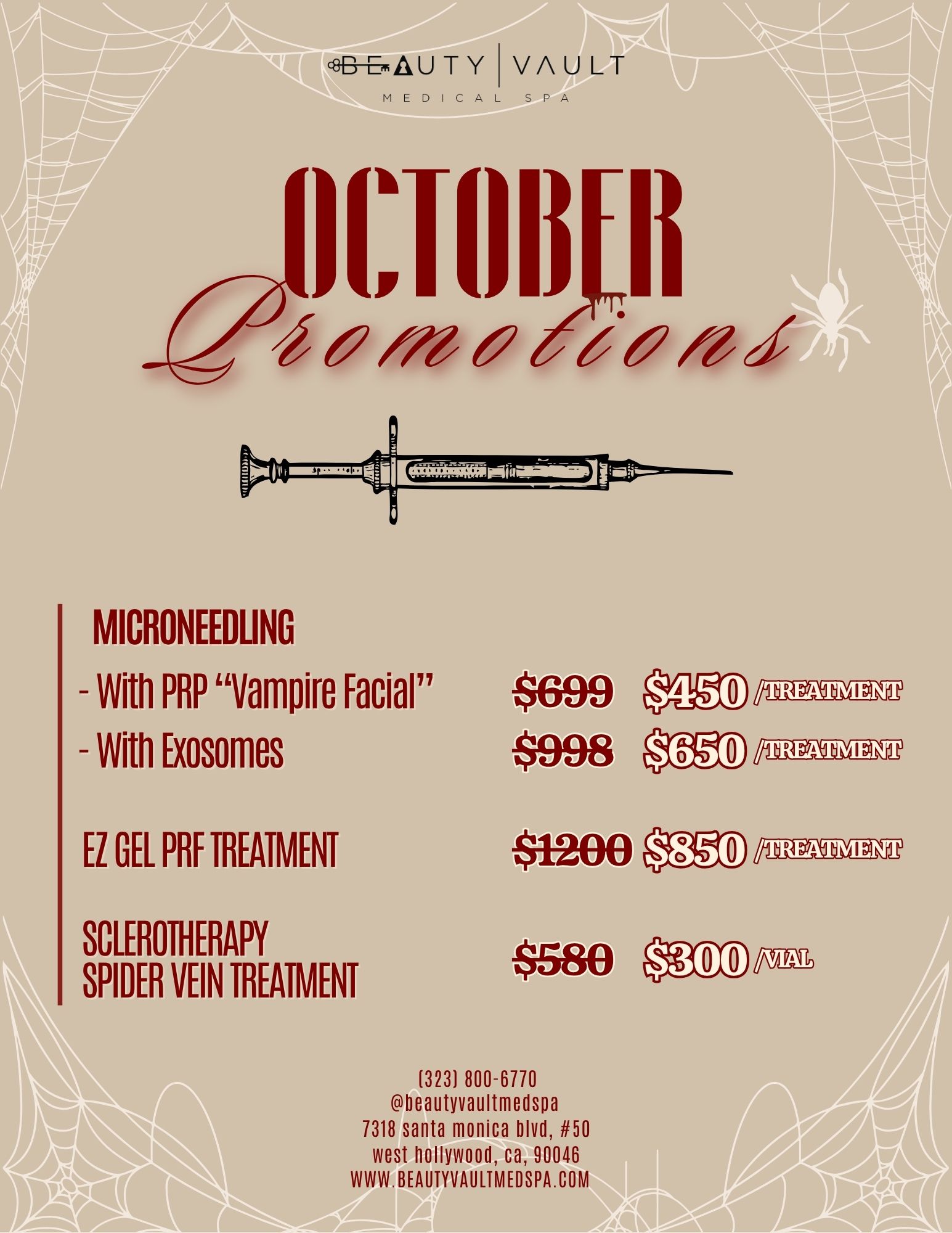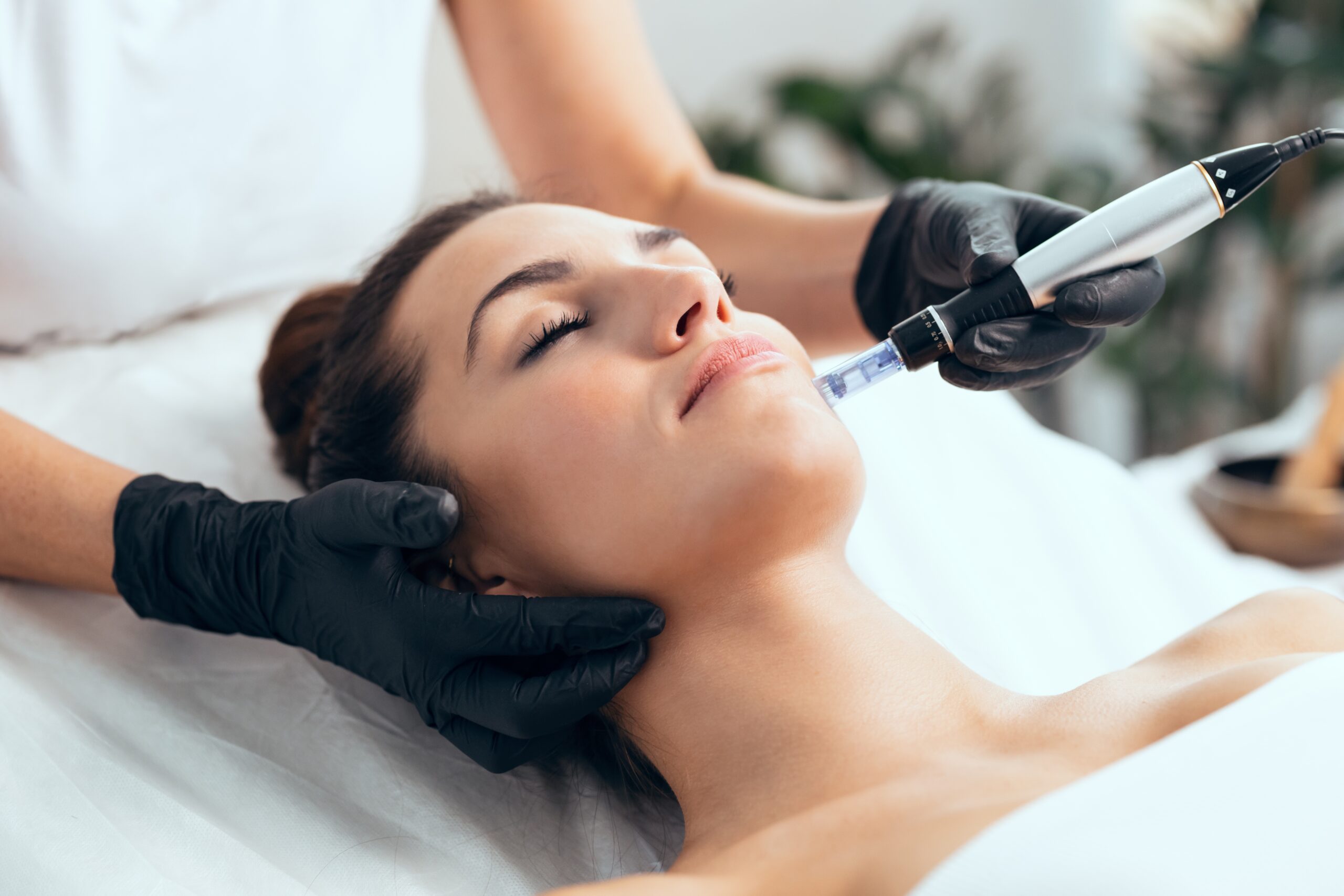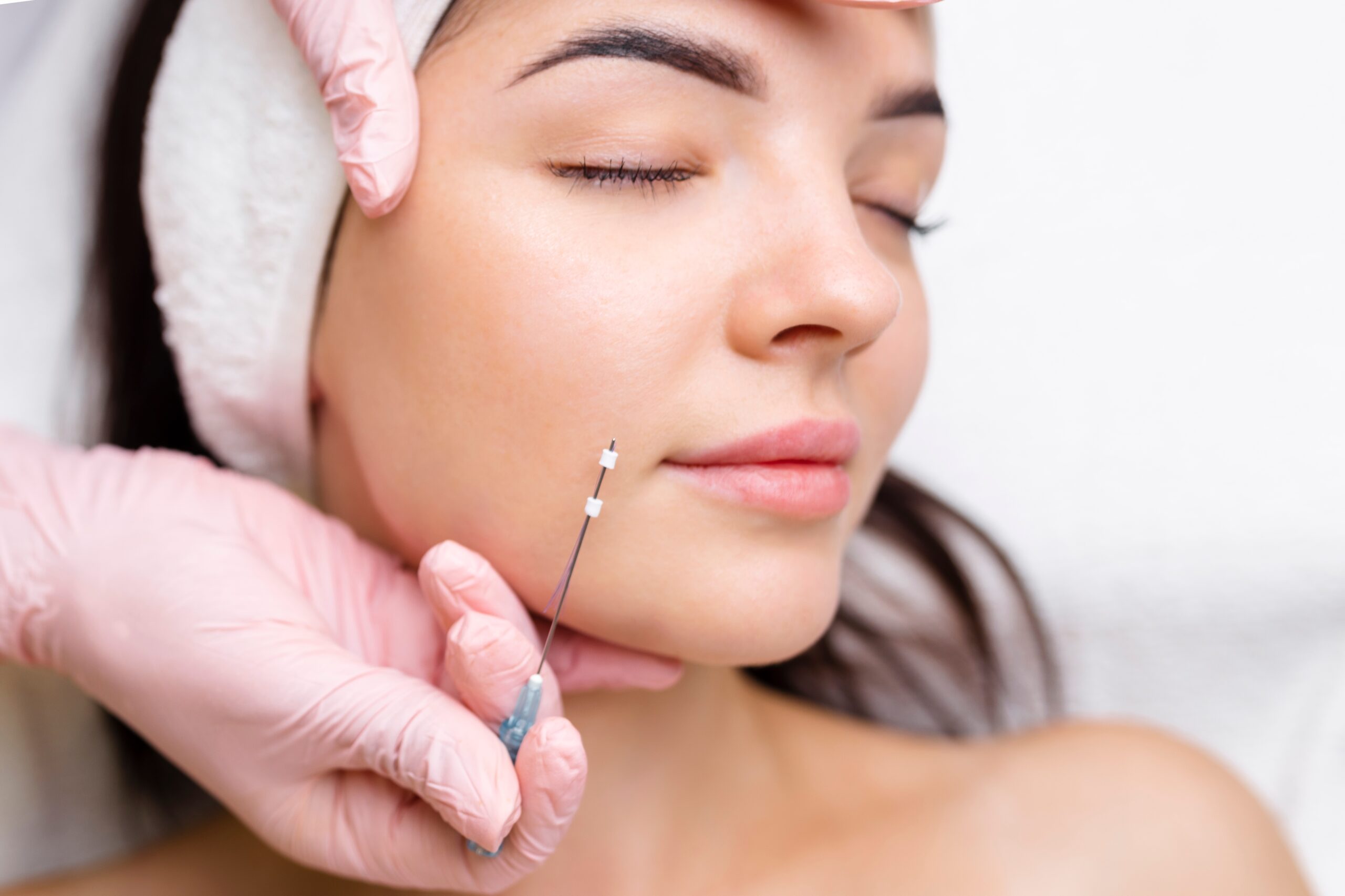As you age, your skin’s collagen production naturally decreases. This protein plays a vital part in keeping your skin elastic and firm. Age, UV exposure, genetics, and repeated facial expressions cause wrinkles. Your skin becomes crepey because it thins out and can’t hold moisture like it did when you were younger.
Knowing how to boost collagen production is the key to maintaining fresh and healthy skin. In this article, you’ll find effective aesthetic treatments that prevent and treat crepey skin and enhance the benefits that come from collagen.
Understanding Crepey Skin vs. Wrinkles
Crepey skin has unique features that make it different from other aging signs. Learning these differences can help you find the right collagen treatments.
What Makes Skin Crepey
Crepey skin gets its name because it looks like worn, wrinkled crepe paper. This condition doesn’t just create isolated lines—it affects bigger patches of skin that become more fragile.
Your skin’s texture changes when its elasticity breaks down. The damage happens in both the top epidermis layer and the deeper dermis layer. The skin starts looking saggy, crinkly, and paper-thin.
Here’s what can lead to crepey skin:
- Sun damage: Too much UV exposure breaks down the elastin fibers that help your skin bounce back. These fibers can heal at first, but eventually stop repairing themselves after too much sun.
- Aging: Your body makes less elastin and collagen proteins once you hit your 40s. These natural compounds let your skin stretch and snap back. Your aging skin also produces less oil, which usually protects against outside irritants.
- Dehydration: Dry skin can make your skin look crepey. If you notice the crepey look comes and goes with different days or seasons, you probably need more moisture.
- Weight fluctuations: Big changes in your weight can lead to crepey skin.
Most people see crepey skin in their 40s, but it might show up in your 20s if you use tanning beds often or your weight goes up and down a lot.
Esthetic Treatments That Actually Work
Modern aesthetic medicine offers several treatments that enhance collagen production and address crepey skin concerns. These scientifically-backed approaches target different parts of skin rejuvenation, from simple topical options to advanced procedures.
Retinoid Creams for Long-Term Collagen Support
Retinoids, which come from vitamin A, are among the most researched and effective topical treatments for aging skin. These compounds boost cell turnover and stimulate collagen and elastin production that your skin needs to stay elastic and resilient. You might notice temporary dryness or flakiness when you start retinol treatments before seeing improvements—this happens naturally during skin renewal. You can choose between prescription and over-the-counter options, though prescription tretinoin works more effectively for crepey skin texture.
Microneedling with PRP for Skin Tightening
This innovative therapy combines two powerful approaches that trigger your skin’s natural healing response. Microneedling by itself stimulates collagen and elastin production, and adding platelet-rich plasma (PRP) from your blood can boost the results. The treatment starts with a simple blood draw, followed by PRP separation in a centrifuge, and ends with microneedling plus immediate PRP application. Most patients see the best results after three to six sessions, with four weeks between each treatment.
Radiofrequency with Microneedling Combo
This treatment pairs microneedling’s collagen-inducing effects with radiofrequency energy that reaches deeper skin layers. Tiny needles create controlled micro-channels while heat energy contracts existing collagen fibers and encourages new growth. Your skin’s texture, tightness, and overall appearance may improve more with this combination than with either treatment alone.
Ultrasound Therapy (Ultherapy) for Lifting
Ultherapy remains the only FDA-cleared non-invasive procedure that lifts skin on your neck, chin, and brow. This technology uses focused ultrasound energy to reach deep beneath your skin’s surface and stimulate natural collagen and elastin production. Your Beauty Vault practitioner can see tissue layers in real-time during treatment, which allows for precise application. Your results develop over three to six months as new collagen forms, and improvements can last a year or longer.
Hyaluronic Acid Fillers for Volume Loss
Hyaluronic acid fillers restore lost volume that makes skin look crepey. These injectables plump specific areas and encourage your body’s collagen production over time. Different formulations target various facial regions, addressing volume loss in your cheeks, temples, and other areas where thinning creates crepey texture.
Chemical Peels for Texture Improvement
Chemical peels use specialized acids that remove outer skin layers, boost cell turnover, and reveal smoother, more even-toned skin. You can choose from different peel strengths—ranging from light glycolic acid treatments to medium TCA peels—based on your skin concerns. These treatments also help improve your skin’s elasticity and firmness while reducing aging signs and hyperpigmentation.
Lifestyle Changes That Support Skin Elasticity
Your daily habits play a significant role in maintaining skin elasticity, supporting collagen production, and prolonging the results of your professional treatments. Simple lifestyle adjustments can help preserve your skin’s youthful appearance.
Sun Protection and SPF Use
Sun damage is the leading cause of crepey skin that breaks down collagen and elastin fibers responsible for skin elasticity. Using broad-spectrum sunscreen with at least SPF 30 helps protect against the sun’s harmful rays. Here’s what you need to do for complete protection:
- Apply sunscreen again every two hours when exposed to the sun.
- Cover areas like the neck and chest, which are often forgotten or neglected.
- Switch to mineral sunscreens with titanium dioxide or zinc oxide if you have sensitive skin.
Hydration and Balanced Diet
Your skin needs proper hydration to stay elastic. Drink half your body weight in ounces daily as a good measure.
These foods help boost collagen production:
- Bone broth, leafy greens, citrus fruits, and lean proteins
- Foods rich in vitamins A, C, D, E, and omega-3 fatty acids
- Antioxidant-rich options like berries, dark chocolate, spinach, and nuts
High-quality collagen peptide supplements might help if you have specific nutritional needs.
Avoiding Smoking and Alcohol
Smoking creates free radicals that damage repair mechanisms and reduce collagen and elastin synthesis.
Alcohol weakens the skin’s antioxidant defense system, which could lead to increases in facial redness and inflammation as time passes.
Facial Massage and Gentle Exfoliation
Recent studies reveal that regular facial massage boosts blood circulation and promotes the drainage of waste from skin tissues. In fact, facial rollers have been shown to greatly improve skin elasticity.
In stark comparison to this common belief, gentle exfoliation actually helps crepey skin, especially if it’s sensitive or aging. These products remove dead cells without causing inflammation or microtears, which leads to better product absorption and improved cell turnover.
The Beauty Vault Team Can Help With Crepey Skin
You need a comprehensive approach to curb crepey skin based on your individual needs. If you entrust your skincare to the Beauty Vault team in West Hollywood, they’ll devise a personalized treatment plan to stimulate and reinvigorate your skin. They evaluate your skin’s type, tone, and concerns to suggest options that work best for your situation. To get started, call them today at (323) 800-6770 or fill out a contact form.
FAQs
Q1. What is the difference between crepey skin and wrinkles?
Crepey skin affects larger areas, making the skin appear thin and fragile, like crepe paper. Wrinkles, on the other hand, are specific creases or folds in the skin, often caused by repeated facial expressions. Crepey skin impacts overall skin texture, while wrinkles are more localized.
Q2. What are some effective treatments for crepey skin?
Several treatments can help with crepey skin, including retinoid creams, microneedling with PRP, ultrasound therapy (Ultherapy), radiofrequency with microneedling, hyaluronic acid fillers, and chemical peels. These treatments work by stimulating collagen production and improving skin texture.
Q3. Can oral collagen supplements improve skin health?
Yes, research suggests that oral collagen supplements, particularly hydrolyzed collagen peptides, can improve skin hydration and elasticity. Studies recommend taking 2.5 to 15 grams daily for optimal results, with fish-derived collagen showing particular effectiveness for skin hydration.
Q4. How important is sun protection in preventing crepey skin?
Sun protection is crucial in preventing crepey skin. Sun damage is the primary cause of crepey skin as it breaks down collagen and elastin fibers. Consistently wearing broad-spectrum sunscreen with at least SPF 30 and reapplying every two hours during sun exposure can help protect against harmful UV rays.








